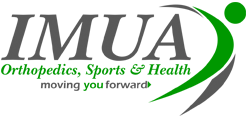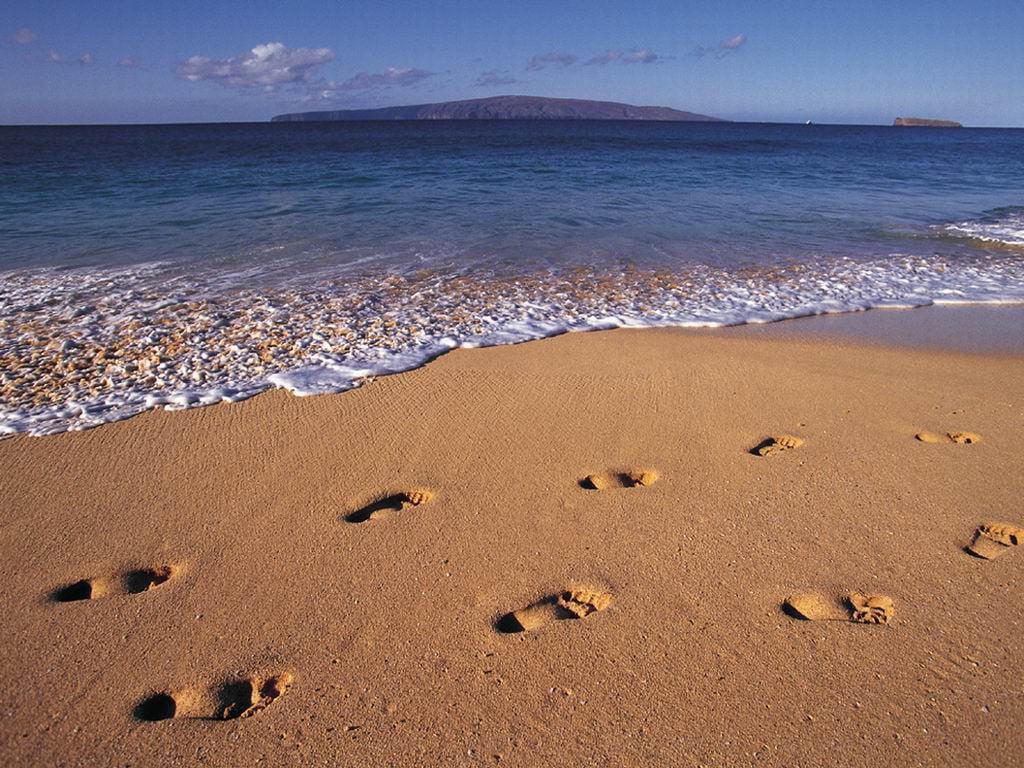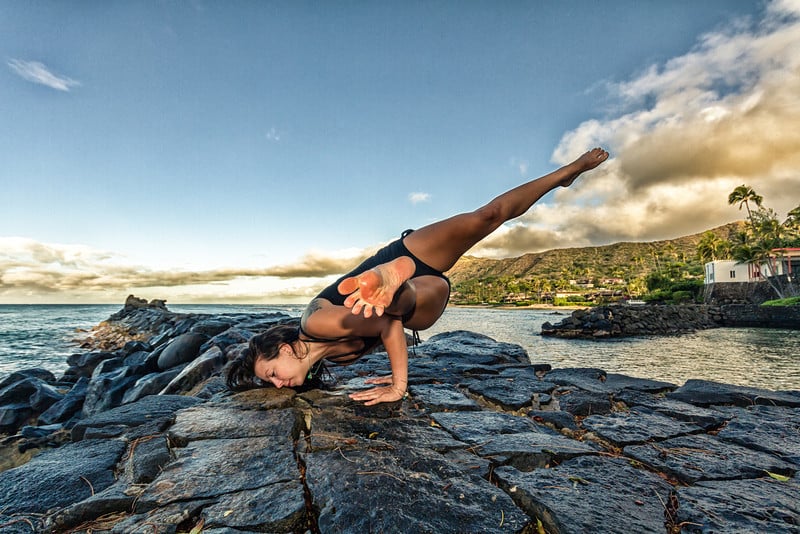There are two distinct types of structures when it comes to feet. First the “high arched” (supinated foot/ankle) and second the “flat foot” (low arched, pronated foot/ankle). Each type of foot structure has its own strengths and weaknesses.
The tale of two feet is such a detailed and important story that we’re going to break it up into two parts. One of these stories is sure to be the right fit for your sore foot.
PART ONE – “THE HIGH ARCHED FOOT”
IF…
– your foot leaves that perfect tri-pod impression in the sand
– your arch never touches the ground
– you have that bump on the top of your foot and back of your heel that rubs on your shoe
– you love to go barefoot
– your slippers and shoes wear on the outside of your heel
…then congrats you have a high arched foot!
The good news is that, generally, people with high arched feet tend to have a stronger, more stable joint and ligamentous supportive structure. The bad news is that what you gain in strength and stability, you lose in flexibility.
The primary function of the foot and ankle is to absorb shock when your foot hits the ground. The high arched foot tends to be stiff and because your heel (rear foot) strikes on the outside, the torque conversion that normally happens at the ankle is diminished. This lack of shock absorption and increased impact to the heel creates a gradually increasing stiffness in the foot and ankle making you more prone to a multitude of painful problems.
Some of the most common complaints we see, with people who have high arches are heel pain, heel spurs, and pain in the arch of the foot (plantar fasciitis). Because the heel, foot, and ankle are stiff you can also develop that bump on the back of the heel over your Achilles tendon (nodular/insertional Achilles tendonitis) that becomes inflamed and painful. The big toe is also prone to pain and stiffness (hallux rigidus) limiting your ability to push off when walking, running or jumping. The high in-step and stiffness of the big toe add to the development of that bump (exostosis) on the top of your foot that becomes painful as it rubs against your shoe. The general stiffness of the high arched foot also makes you more prone to ankle sprains. As you are already walking on the outside of your heel, the ankle doesn’t have far to roll to create a painful sprain.
Development of problems upstream in the knee and hip are also common. As the foot and ankle roll outward, it takes the knee with it causing strain to the outer structures of the knee and hip (iliotibial band syndrome) and contributes to knee-cap (patellar) malalignment and tracking problems known to cause knee pain and inflammation.
The good news is that all of these painful foot and ankle conditions are completely treatable by the doctors at IMUA Orthopedics, Sports & Health.
Dr. Gesik will utilize Osteopathic Manipulative Treatment (OMT) techniques to identify and treat painful pressure points in the calf, Achilles tendon, ankle, heel and foot to eliminate soft tissue restrictions that are contributing to the stiffness and lack of shock absorption in your foot and ankle. Dr. Gesik will also use hands-on techniques to mobilize the stiff joints in your ankle, heel, foot, and big toe facilitating a return of normal range of motion and joint mechanics to increase efficient shock absorption. X-ray or imaging studies may be indicated to rule out structural or congenital malformations, or to identify true bony heel spurs and to eliminate stress fractures as contributing to the cause of your painful foot.
Physical therapy may also be recommended for additional hands-on treatment and for instruction in a home program of calf and Achilles flexibility stretches as well as proprioceptive (balancing) exercises. Additional instruction may include a dynamic warm-up program before exercise or sports participation, which can further eliminate the tendency to roll or sprain your ankle.
Wearing proper shoes with running, jumping, and sports related activities is a must. Generally speaking, the high arched foot performs better with a more flexible or free type running shoe. Custom orthotics (shoe insoles) may also be recommended to get you off the outside of your heel and increase efficient shock absorption of your foot and ankle.
Activity modification during the painful stage is essential. Cross training methods such as cycling, swimming, and elliptical use will allow you to stay active during your recovery period while eliminating excessive impact activities that are contributing to your ongoing foot, ankle, and Achilles pain. Once the pain stabilizes, you will be instructed in a comprehensive program to safely return you to full activity levels including distance running, jogging, and sports activities.
If your high arched, stiff feet are causing you pain and restricting your sports and exercise activities, the doctors at IMUA can help. You can get better and stay better to move you forward in your active life.
Stay tuned for Part two of the Tale of Two Feet!












